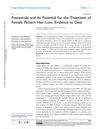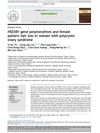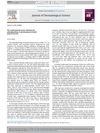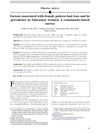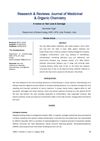A New Role of Non-Sex Hormone in the Pathogenesis of Female Pattern Hair Loss
August 2025
in “
Journal of Investigative Dermatology
”

TLDR Elevated luteinizing hormone contributes to female-pattern hair loss, and blocking certain channels may help prevent it.
This study explores the role of non-sex hormones, specifically luteinizing hormone (LH), in the pathogenesis of female-pattern hair loss (FPHL). It identifies elevated LH levels and upregulated LH receptors in hair follicles as contributors to cellular senescence and follicular miniaturization, which are key features of FPHL. The research highlights the involvement of transient receptor potential canonical (TRPC) channels in mediating calcium influx, oxidative stress, and dermal papilla senescence, leading to hair cycle arrest. The findings suggest that TRPC channel blockade could be a novel therapeutic strategy for FPHL by preventing LH-induced hair follicle damage. The study emphasizes the need for further research to refine FPHL subtyping and develop targeted therapies.



